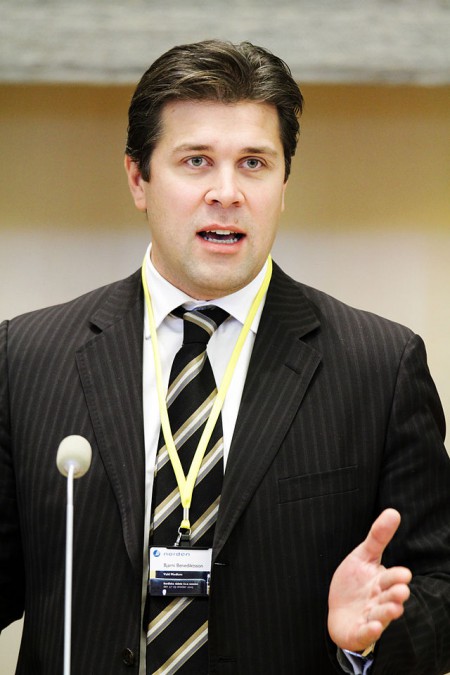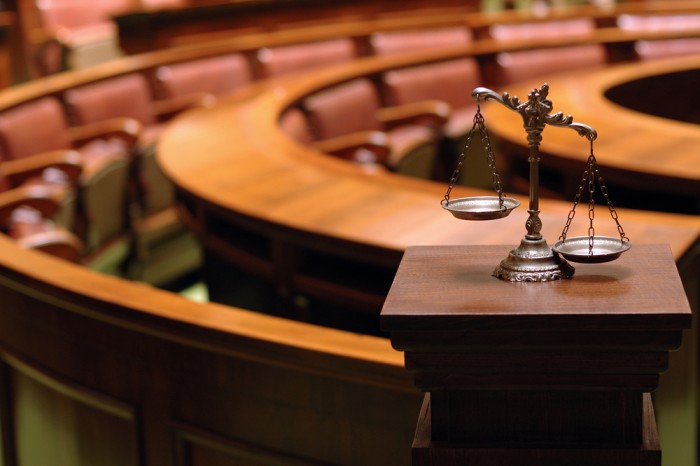The results are in from the early parliamentary elections held yesterday in Iceland, the outcome leaves the country with a bit of a predicament. The government has fallen and the Progressive party, formally part of the two party majority of government along with the conservative right wing Independence party suffered heavy losses in the elections and the Independence party emerges victories as the biggest party, but with unusual possibilities to form a majority.
The conservative right wing Independence party received 29,1% and 21 seats in in parliament. The Left Green party got 15,8% and 10 seats, adding three parliamentarians from before the election. Pirates got 14,4 % and 10 seats, six more than before the elections. The Progressive party received 5% and 8 seats, loosing 11 seats in parliament from the last elections. Resurrection (Vidreisn) received 10,4 % of the vote and 7 seats, a newly formed party and first time in parliament. Bright Future had 7,2% and 4 seats loosing two and the Social Democratic Alliance received 5,8% and 3 seats, loosing 6.

Bjarni Benediktsson chairman of the Independence Party
The Independence party, the Pirates, the Left Green party and Resurrection are clearly the victors of the election, The Progressive party and Social Democratic Alliance suffer the greatest loss and the previous government majority coalition of the Independence party and the Progressive party has clearly fallen. It now remains to be seen which parties are able to form a majority, and clearly that’s politically no simple task. It will be the Independence party’s leader Bjarni Benediktsson will be the one to meet with the president first and receive the authority to form government.
To form a majority 32 parliamentarian seats are needed. Right now there seem to be thirteen different possibilities to form a majority judging from the outcome of the elections. There are three possibilities of a four- party alliance and two possible five party coalitions. The political reality how ever makes many of the possibilities highly improbable. Very rarely has there been a more complicated situation in the wake of a parliamentary election as now. For the first time since 1987 there is no possibility to form a two party majority government and the leaders of the three parties with the best outcome have already declared that they are sceptical of a collaboration with the Independence party and visa versa. Next week will most likely bring Icelanders a new government and so far nothing is clear.

